Croatia travel tips
Croatia travel tips: Stunning Adriatic coastline, historic cities like Dubrovnik and Split, rich cultural heritage, and diverse landscapes, attracting tourists worldwide.
Counties 🌎
Croatia travel tips. Here is a list of all the counties of the Croatia.

Bjelovar-Bilogora

Brod-Posavina
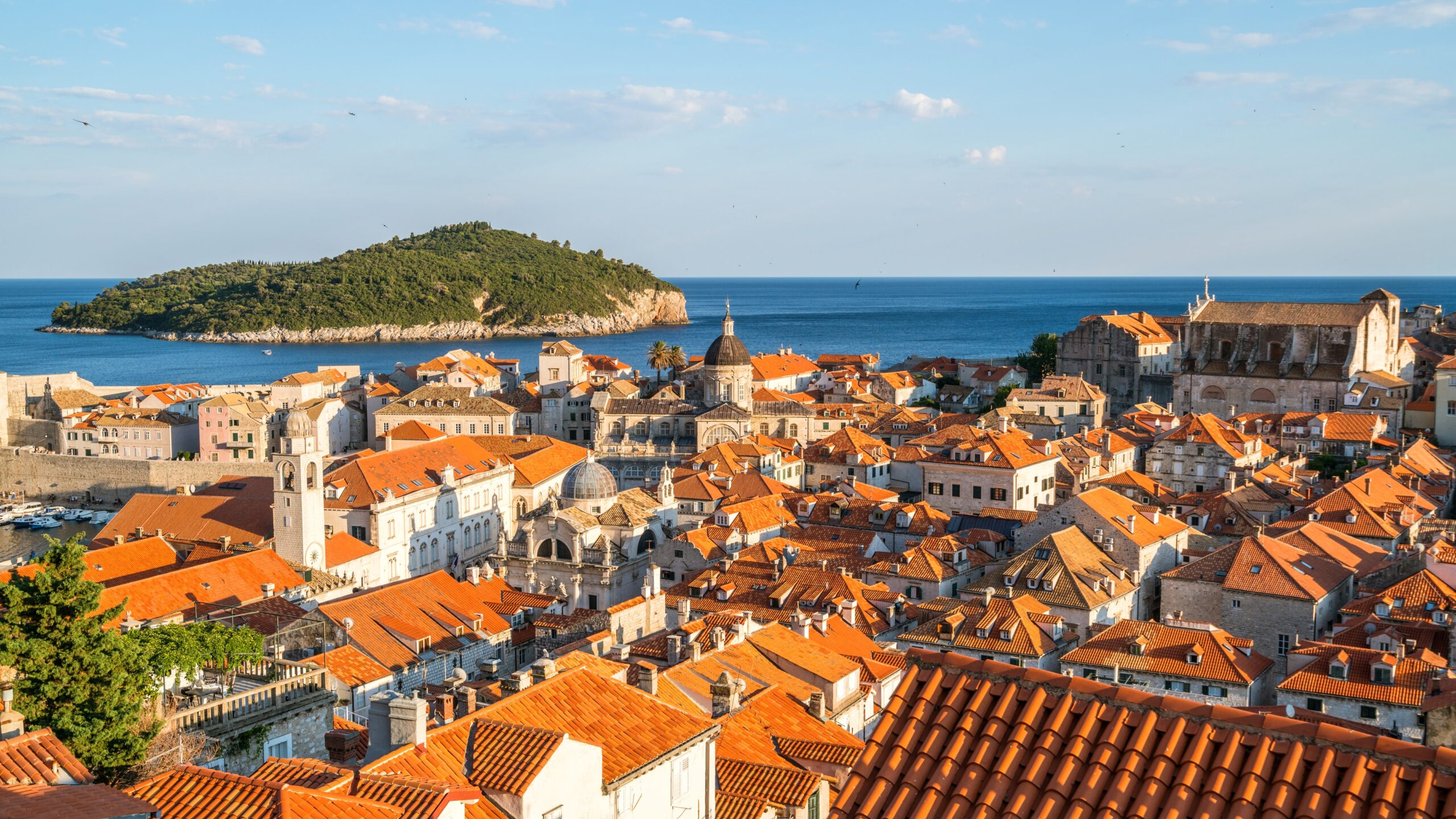
Dubrovnik-Neretva

Istria

Karlovac

Koprivnica-Križevci

Krapina-Zagorje

Lika-Senj

Međimurje

Osijek-Baranja

Požega-Slavonia

Primorje-Gorski Kotar
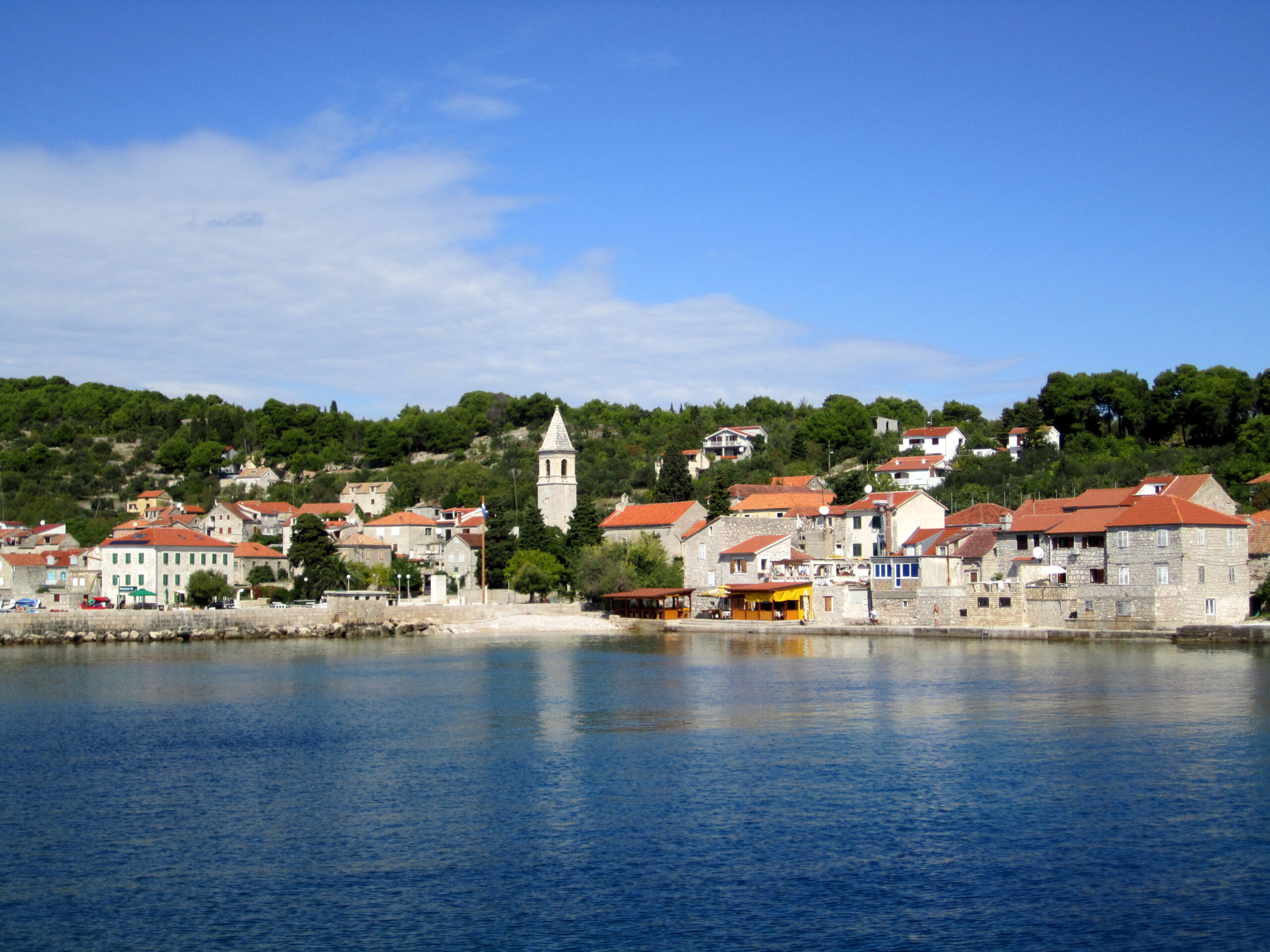
Šibenik-Knin

Sisak-Moslavina

Split-Dalmatia
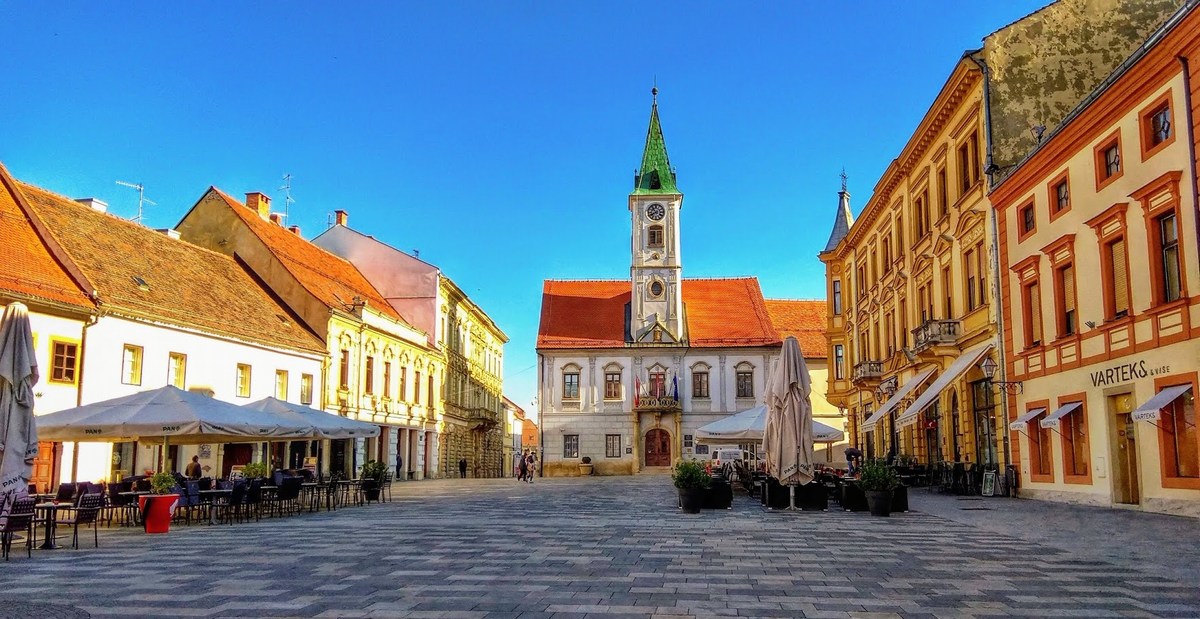
Varaždin

Virovitica-Podravina
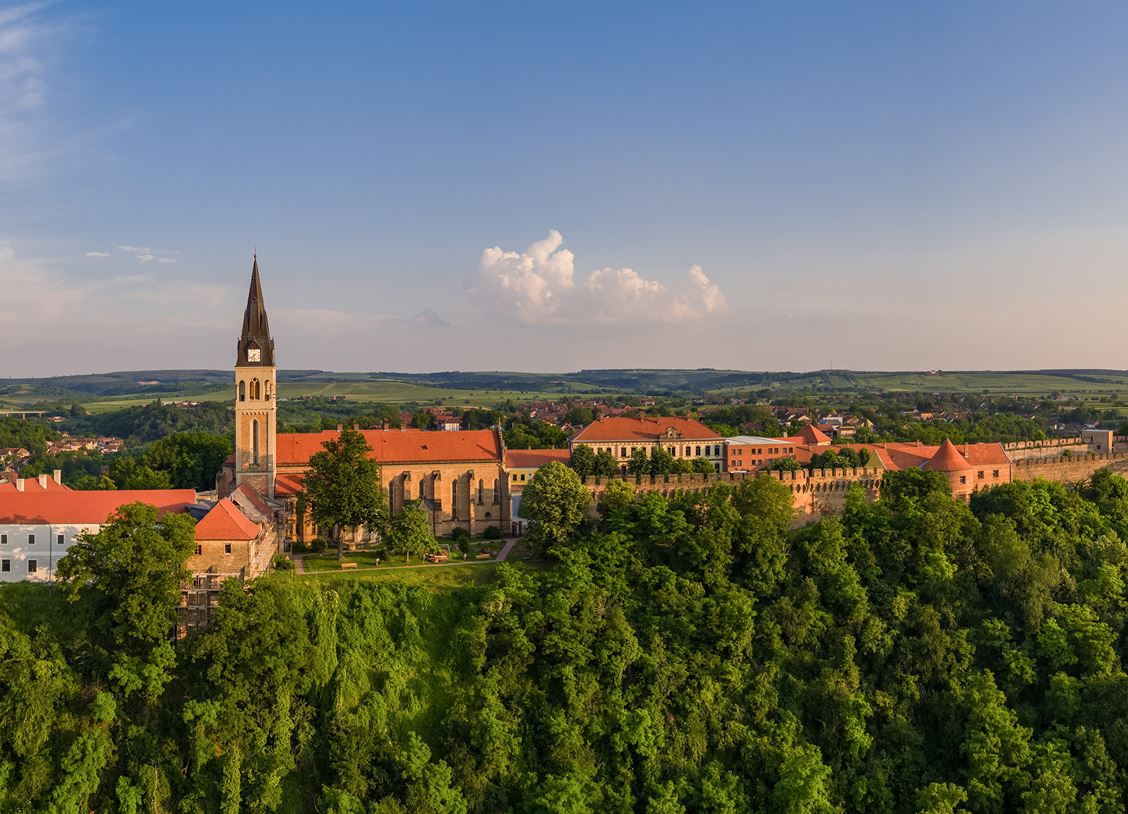
Vukovar-Syrmia

Zadar

Zagreb

Grad Zagreb
Before you go 🛩
Important information you should know before your trip
Info

Capital | Zagreb
Flag Codes:
ISO alpha-2 HR,
ISO alpha-3 HRV
Currency
Badge | Croatian Kuna
CODE | HRK
NUMBER | 191
SYMBOL | kn
FRACTION | lipa
Mobile Coverage
Dialing Code | +385
SIM Card
Coverage | 3G / 4G / 5G |
Mobile Networks | A1 Mobile | T-Mobile | TELE2 |
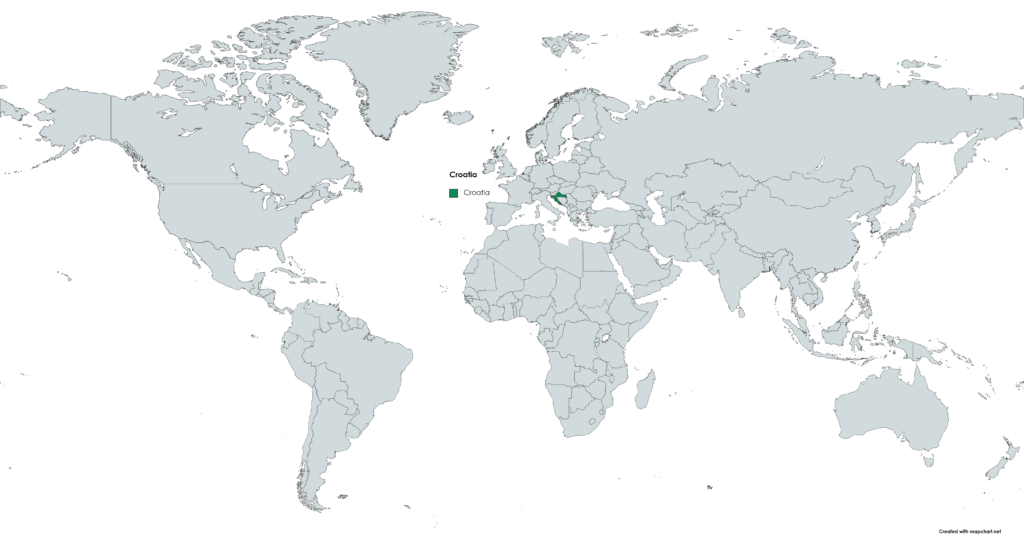
Location
Croatia is a country located in Southeast Europe, on the eastern coast of the Adriatic Sea. It shares borders with Slovenia to the northwest, Hungary to the northeast, Serbia to the east, Bosnia and Herzegovina to the southeast, and Montenegro to the south. To the southwest, Croatia has a maritime border with Italy. Its geographical coordinates are approximately 45.1 degrees latitude and 15.2 degrees longitude. The country’s capital and largest city is Zagreb. Croatia has a diverse landscape that includes beautiful coastlines, islands, mountains, and plains, making it a popular tourist destination.
Currency
The currency of Croatia is the Croatian Kuna (HRK).
Languages
The official and main language of Croatia is Croatian. It is spoken by the vast majority of the population and is used in education, the media, literature and daily life.
Croatian is a Slavic language, and is very similar to Serbian and Bosnian, as they share a large amount of vocabulary and grammar. It is also spoken in Bosnia and Herzegovina and in Serbia.
In addition to Croatian, speakers of other languages can also be found in Croatia, such as Italian, Hungarian, and German, among others.
Climate 🌡
Croatia has a diverse climate due to its varied geographical features and location. The country experiences three main climate types:
Coastal Climate: Along the Adriatic Sea coast, Croatia has a Mediterranean climate. Summers (June to August) are hot and dry, with average temperatures ranging from 25°C to 30°C (77°F to 86°F), and occasionally reaching higher. Winters (December to February) are mild with temperatures between 5°C to 10°C (41°F to 50°F). Rainfall is more common in the winter months.
Continental Climate: In the central and northern regions of Croatia, including the capital Zagreb, the climate is more continental. Summers (June to August) are warm with average temperatures around 20°C to 25°C (68°F to 77°F), while winters (December to February) are colder, often with temperatures below freezing. Snowfall is common in these areas during the winter months.
Mountain Climate: The mountainous regions, such as the Dinaric Alps, experience colder temperatures throughout the year. Summers are mild, and temperatures drop significantly during winter, with heavy snowfall in higher elevations.
Overall, the best time to visit Croatia for tourism is during the shoulder seasons of spring (April to June) and autumn (September to October). During these months, the weather is pleasant, and the tourist crowds are smaller compared to the peak summer season. However, coastal areas can still be crowded with tourists during the summer months, especially in July and August.
Croatia travel tips
If you’re planning a trip to Croatia, here are some travel tips to enhance your experience:
Adriatic Coast:
Enjoy the Adriatic’s beaches, sailing, and vibrant nightlife in coastal cities like Zadar, Pula, and Rijeka.
Game of Thrones Tour:
Explore locations featured in Game of Thrones, especially in Dubrovnik, known as King’s Landing.
Croatian Islands Cruise:
Consider a cruise to explore multiple islands, offering a relaxing and comprehensive travel experience.
Explore Off the Beaten Path:
Venture beyond popular tourist spots to discover hidden gems and experience authentic Bosnia.
Transportation:
Use buses, ferries, and catamarans for cost-effective and scenic travel between cities and islands. View Guide.
Sunscreen and Hat:
Protect yourself from the Adriatic sun; sunscreen and a hat are essential, especially during the summer months.
Tipping:
Tipping is customary but not obligatory; rounding up or leaving 10% in restaurants is appreciated.
Enjoy your time in Croatia!

The best of the best
Croatian cuisine is diverse and influenced by its geographic location and cultural history.
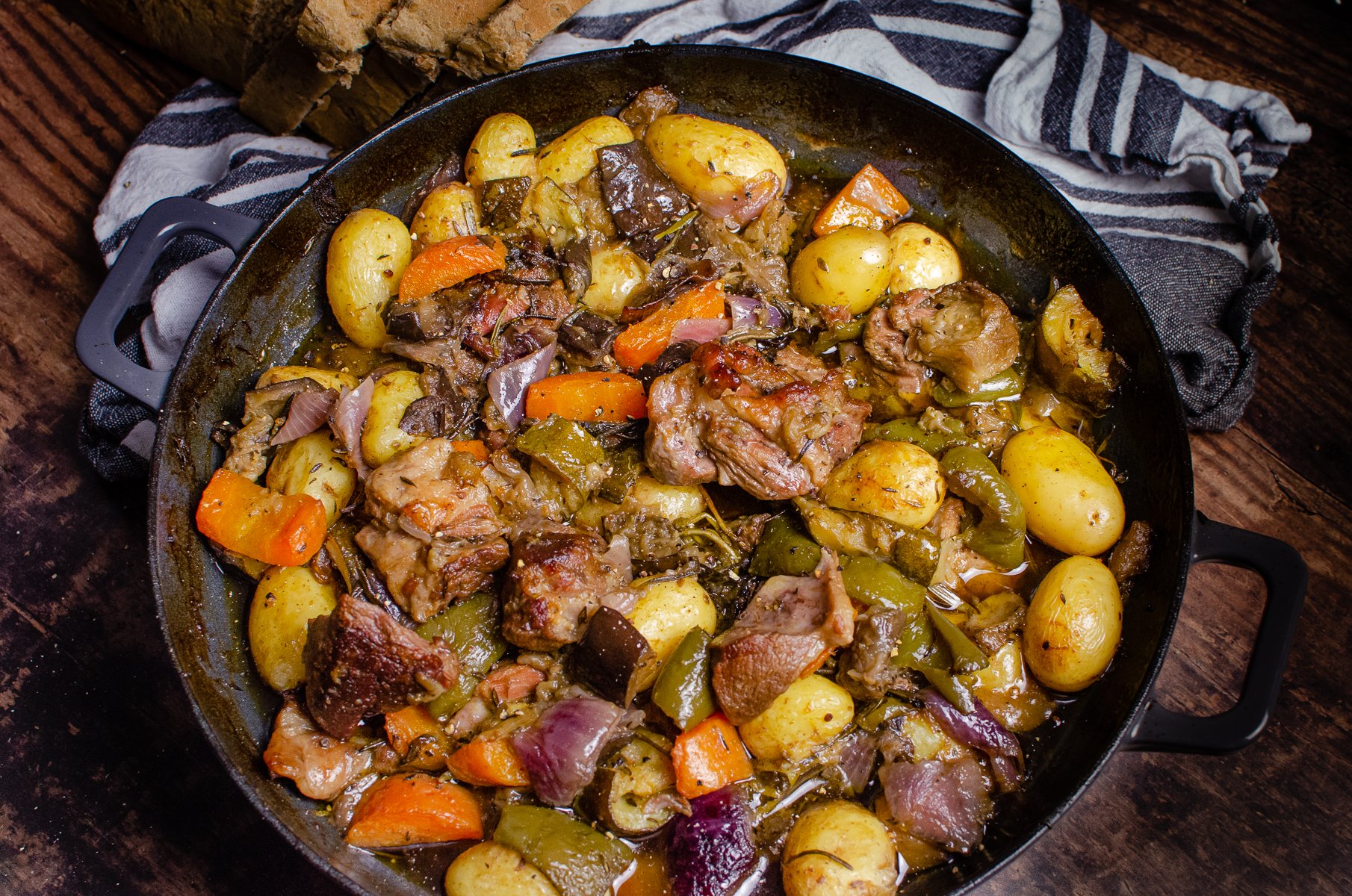
Peka
Peka is a traditional Croatian dish prepared by slow-cooking meat, such as lamb or octopus, with vegetables under a metal or clay bell-like dome.

Ćevapi
Ćevapi are small, grilled sausages made from minced meat, usually a combination of beef and lamb, served with flatbread (somewhat similar to Balkan kebabs).

Pljeskavica
Pljeskavica is a type of grilled meat patty made from a mixture of beef, lamb, and pork.
Here are some typical foods and dishes you can find in Croatia:
Burek: Burek is a savory pastry made of thin layers of dough filled with meat, cheese, spinach, or potatoes. It’s a popular snack or breakfast option in Croatia.
Brodet: Brodet is a fish stew made with various types of fish, tomatoes, onions, garlic, and white wine. It’s often served with polenta or crusty bread.
Octopus Salad: Octopus salad is a refreshing dish made with boiled octopus, onions, tomatoes, olives, olive oil, and lemon juice.
Black Risotto (Crni Rižot): This dish gets its dark color from squid ink, and it’s made with rice, cuttlefish or squid, garlic, onions, and wine.
Strukli: Strukli is a traditional Croatian pastry filled with cottage cheese, sour cream, and sometimes eggs. It can be baked or cooked.
Fritule: Fritule are small, doughnut-like pastries flavored with lemon zest, raisins, and sometimes alcohol (such as rum). They are often dusted with powdered sugar.
Soparnik: Soparnik is a savory pie filled with a mixture of Swiss chard, onions, garlic, and parsley, and it’s often seasoned with olive oil and salt.
Croatian cuisine is rich and varied, and each region may have its own specialties and culinary traditions.
Transportation 🚥
More information about this country
Choose your destination 📍🗺
Useful Links ✅



